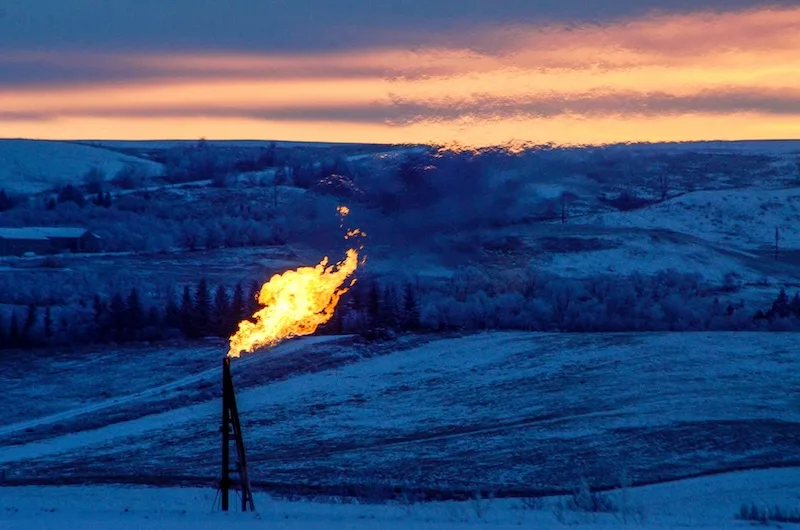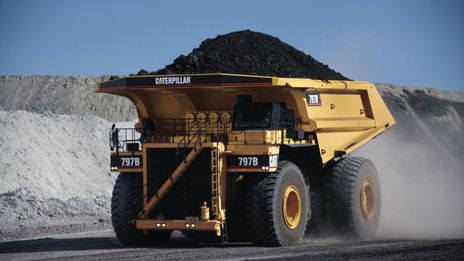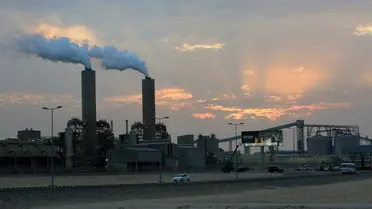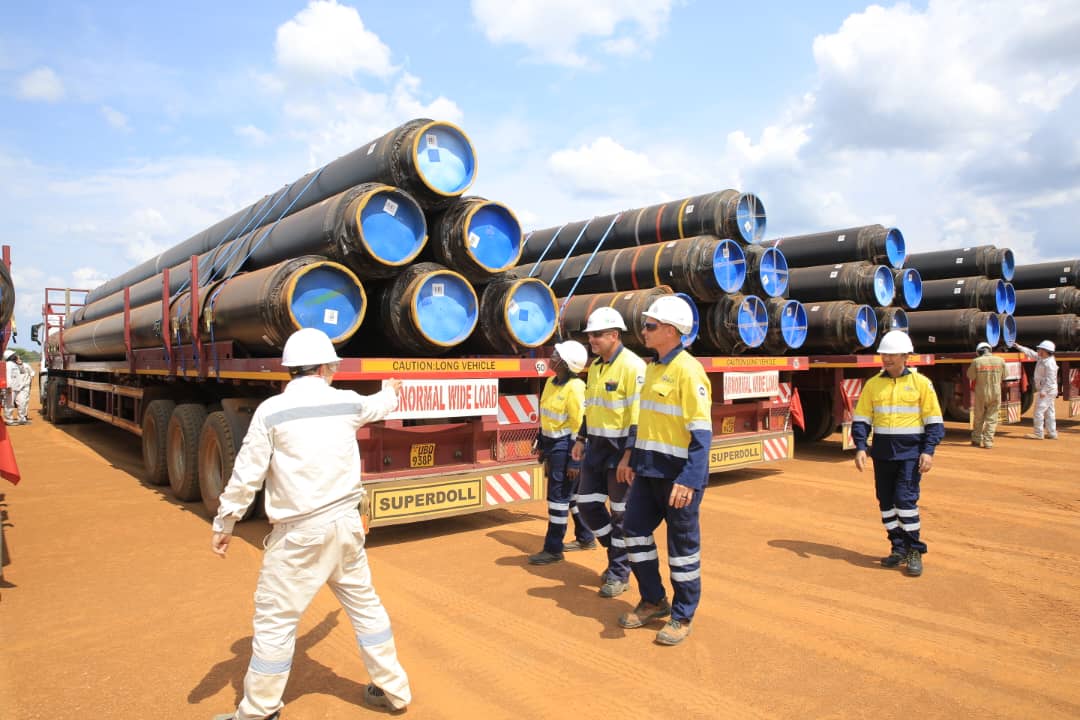Distribution

Oil sinks 3% as potential Iran disruption fears subside

The news eased fears of supply disruption, and came after Opec lowered its outlook for global oil demand growth in 2024 and 2025.
Both benchmarks plunged 3 percent in early trade on Tuesday, following a 2 percent drop on Monday. Brent crude futures were down $2.27 at $75.19 per barrel, while US West Texas Intermediate futures fell $2.22 to $71.60 per barrel as of 01:27 GMT.
Prices have fallen about $4 this week, nearly wiping out cumulative gains made in the seven sessions up to last Friday when investors were concerned about supply risks as Israel planned to retaliate against a missile attack from Iran.
Israeli Prime Minister Benjamin Netanyahu has told the US that Israel is willing to strike Iranian military targets and not nuclear or oil ones, the Washington Post reported on Monday.
- Oil prices up after strongest weekly rise in over a year
- Fears for Strait of Hormuz oil gateway in Iran-Israel face-off
- Without Opec+ ‘we would be in chaos’, says UAE minister
Opec on Monday cut its forecast for global oil demand growth in 2024 and also lowered its projection for next year.
“This is the third straight monthly downgrade, suggesting its previously optimistic forecasts have further to retreat,” analysts at ANZ Research said in a note on Tuesday.
“It (Iraq) is still not making any progress in the extra cuts it promised to compensate for over production,” ANZ said.
Also weighing on prices was a decline in crude shipments to the world’s largest oil importer China for the first nine months of the year, with data showing imports fell nearly 3 percent from last year.
China accounted for the bulk of the 2024 downgrade by Opec, as it trimmed its growth forecast for the country to 580,000 barrels per day (bpd) from 650,000 bpd.
Deflationary pressures in China worsened in September, according to official data released on Saturday. A press conference the same day left investors guessing about the overall size of a stimulus package to revive the fortunes of the world’s second-largest economy.












